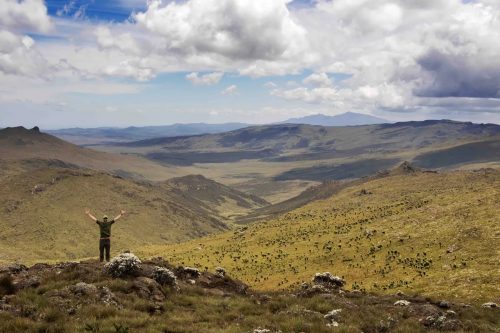
Despite being smaller than the state of Texas, Kenya’s extraordinary biodiversity entices travellers to explore every corner – and so off we set this time to discover the Aberdare National Park. Despite running one of the loveliest lodges in the country we are pretty hardened self-caterers – in fact surviving occasionally without a team of butlers, chefs and housekeepers does us a world of good keeping us grounded in the real world.
Buying firewood on the side of the road and stocking up with supplies at Naivas in Nyeri, we were the source of much local amusement. Who were these crazy mzungus heading off into the middle of nowhere? Arriving at Rhino Retreat we were greeted by Sammy, the gregarious caretaker, surely as old as the house. With a big tummy and hearty laugh, he showed us around telling us about the animals that visit the waterhole just a stone’s throwaway – with Mount Kenya as the backdrop. Not too shabby even by self-catering standards.
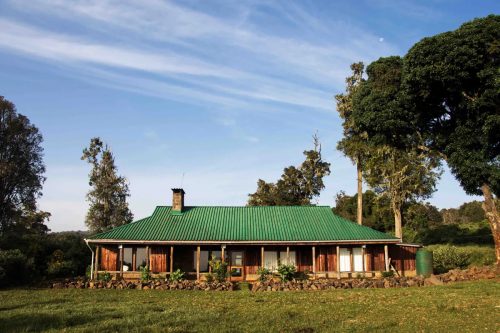
Not ten minutes later, our first visitor stopped by. A young bull elephant decided he wanted to share the drinks and banana chips we were enjoying on the veranda. Grabbing our snacks we scampered to the far side of the porch as his trunk sniffed around here and there for any abandoned goodies. Clearly this house is a favourite stopover to check for leftovers. From then on, he and two other bull elephants visited us nightly. It was a joy to experience sundowners each evening with buffalo, elephant, reedbuck and waterbuck, as well as Giant Forest hogs – now, those are some ugly pigs! The nights were alive with sounds: hyenas whooping, night jars calling and forest hogs scrimmaging. By the way they sound as ugly as they look – just saying …
We were pleasantly surprised by how much wildlife we stumbled upon in the park’s thick brushy forests. Even a leopard strolled right past our car marking its territory. During our hike up to Satima, the tallest peak in the Aberdares, Ty gave us all a fright yelling “Serval! Serval! Serval!” A melanistic serval, beautifully sleek with a jet-black coat, scampered across the scrubby path ahead of us, then darted out of sight. My energy soared after that, helping me forget about my aching legs after our long 4-hour trek to the top of the Aberdare Mountain Range.
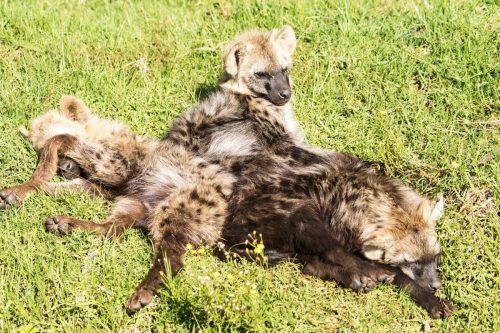
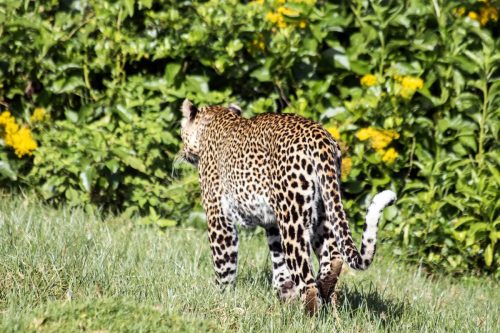
Although the Aberdares is heaven for active hikers, there is also much you can do with little effort. Driving through the park you experience rolling forested hills, bamboo forests lining the road, black & white colobus monkeys jumping from giant fig trees, and finally the shrubby highlands of the taller peaks. Easily within reach, after a small lazy trek, are many beautiful waterfalls. And traffic? We hardly saw another car.
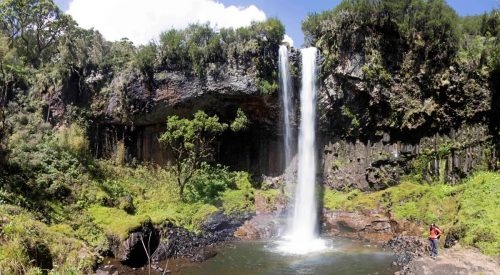
Fast Facts on the Aberdare National Park
Filed under: East Africa Travel
Subscribe for Weekly Stories
Comments (2):
14 October 2018
I would like to come in mid November and would arrive by motorcycle from Arusha. Is there any fly fishing available in the park, or is that only in Ragati. Can I use a motorcycle to get aroung the park pr do i need to hire a car and driver? If so, how much are they? Thank you Steve
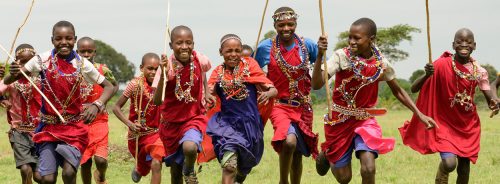
The Angama Foundation